Sight hounds use their sense of sight to hunt prey, typically in vast open deserts or fields. They sprint quickly, reaching top speeds of over 40 miles per hour. Scent hounds hunt using their noses, which have fifty times as many scent receptors as the human nose. They don’t run nearly as fast as sight hounds, but were instead built for endurance: tracking and following their prey for much longer stretches of time. Let’s dig into Sight hound vs scent hound.
All of dogs in these breed categories need plenty of daily exercise and to be carefully contained so that they don’t run away after a stray cat or squirrel.
In this article, I’ll discuss more about these breeds including their key similarities and differences, how they are as pets, and some common scent and sight hound breeds.
Table of contents
Sight Hound vs Scent Hound
Scent Hounds
- Hunt using their immaculate sense of smell
- Are bred for endurance
- Typically have long ears, long muzzles, and large nostrils
- Tend to be stockier than sight hounds, but their body shape is less uniform
- Have loud, booming voices and bark or howl frequently
- Typically easier to train
As pets, scent hounds tend to be louder and more energetic than sight hounds. They need lots of exercise throughout the day in order to stay healthy and happy
It’s easiest to give these dogs the exercise they need if you have a fenced back yard. Some people successfully keep scent hounds, particularly smaller breeds, in apartments. However, this isn’t typically recommended due to their exercise requirements and tendency to bark and howl.
Sight Hounds
- Hunt using their vision
- Are bred for speed
- Have sprinter’s bodies with long muzzles, deep chests, and thin waistlines
- Rarely bark
- Health risks: bloat and sensitivity to anesthesia
- Typically more difficult to train
Although sight hounds do need plenty of exercise, they are more laid-back around the house and sometimes even lazy! After a long walk or sprint around the back yard, they’ll be content to relax for hours.
Because they are sprinters by nature, it’s important that you have a large, fenced back yard or can bring your sight hound to a dog park to run regularly.
Lastly, these breeds are typically quite independent and this can make them difficult to train, particularly for inexperienced dog owners. The key is in high-value rewards, positive training methods, and patience.
Similarities
Both breeds have long muzzles. This muzzle length is important to any dog’s health, but is especially important in active breeds such as these hunters. Of course, scent hounds benefit doubly from their long muzzles, which make sniffing out prey that much easier.
Another similarity is that these dogs tend to hunt in packs, rather than alone.
As pets, hunting dogs must be kept either leashed or contained at all times. Their hunting instincts make training a reliable recall difficult and sometimes impossible.
Larger breeds, especially agile sight hounds, might jump fences if they aren’t built high enough to keep them inside.
Once these dogs are loose and chasing prey, there’s no distracting them. They have a one-track mind that could lead them into dangerous situations, such as racing into traffic to get to a squirrel across the street.
Scent Hound vs Sight Hound Care
Now that we’ve discussed the similarities and differences between scent hounds and sight hounds, let’s take a closer look into their care requirements and what you can expect from them as pets.
Feeding
All dogs should be fed a high-quality food with meat listed as the first ingredient.
How much a dog eats won’t depend so much on whether they are a sight or scent hound, as it will their size. Of course, larger dogs need more food than smaller ones.
There is one important thing to think about when feeding a sight hound in particular, however, and that is bloat.
Bloat is a highly-deadly medical problem that can kill a dog in hours if left untreated. Unfortunately, sight hounds are more prone to it due to their build.
Help to avoid bloat during mealtimes by:
- Splitting your dog’s food into at least two meals daily
- Using bowls specially made to slow a dog’s eating, such as those with grooves in the bottom
- Keep meal-times low stress and feed your dog separate to other pets
- Avoid foods with soybean meal, oils, or fats within the first four ingredients
- Don’t exercise your dog directly before or after meals
- Don’t overfeed your dog
If you choose to purchase a puppy from a breeder, it’s incredibly important to choose a reputable one. Poorly-bred dogs have a higher chance of bloat, as it can be genetic.
Some veterinarians may recommend a surgery to reduce your dog’s tendency to bloat. Though this is expensive, it can be life-saving, especially for high-risk dogs.
Exercise
Both sight hounds and scent hounds need plenty of exercise throughout the day. However, scent hounds will have a longer endurance for activities. This makes them higher-energy than sight hounds, as the latter tend to be more laid-back.
Sight hounds are sometimes seen as couch potatoes due to their calm dispositions, but getting enough exercise is essential to keeping them happy and healthy.
Both breeds benefit from an enclosed yard where they can run and play in addition to daily walks.
For sight hounds, this is even more essential. These pups were born to sprint, and need an outlet for that energy—walks around the block or playtime inside just isn’t enough for them.
Always ensure your fence is too high to jump, especially when it comes to larger sight hound breeds. An escaped dog can be difficult to recover, particularly if they’re on the hunt.
Never allow either of these breeds off-leash in unenclosed environments. Their hunter’s instincts make a reliable recall incredibly difficult to train, and it’s simply not worth the risk.
Environment
Sight hounds and scent hounds both do great with families, but should be socialized to other animals when young. Otherwise, they might think a cat or smaller dog is prey to chase and terrorize.
As with all dogs, they should be monitored closely around young children. Do not leave them alone together, and teach both pup and child how to interact gently to avoid them injuring one another.
Some of these dogs, particularly the long-backed scent hounds, can be quite fragile. Don’t allow your child to lift them or hang on their back, as this could hurt the dog.
Typically, you want to raise scent and sight hounds in a house with a large, fenced yard so that they can get the exercise they need. This is especially vital for sight hounds, as they need to sprint at speeds faster than you’ll be able to keep up with!
Some smaller breeds, especially in the scent hound category, can be kept in apartments successfully if given plenty of exercise and some time at the dog park.
Scent hounds can be too loud for neighbors, however, and it’s best to adopt an older dog who is quiet for their breed if you’d like one in an apartment. The shelter or rescue staff can steer you away from louder pups, which can save you the headache of complaining neighbors later on!
If you’re wondering about a specific breed, do your research first to ensure they’re suited to apartment life.
Grooming
Grooming requirements vary greatly, even within the categories of sight hound and scent hound. Short-hairs like the Beagle or Greyhound need just a weekly brushing, while long-hairs like the Borzoi or Basset Griffon Vendéen need to be combed every other day.
Other typical grooming requirements include brushing your dog’s teeth, trimming their nails, and cleaning their ears. All of these should be done regularly to keep your pup healthy and happy.
Training
Training any hound can be a challenge, however scent hounds tend to be easier to train than sight hounds.
Of course, this is a loose rule and not always applicable. For example, Silken Windhounds are quite easy to train for a sight hound.
No matter your dog’s breed, positive training methods are key. Find what motivates them, whether it be praise, treats, or games.
Never use harsh training methods such as dominance training, and don’t punish your dog for wrongdoings. It’s ineffective and can quickly escalate to abusive behavior.
It’s also important to be patient and have realistic expectations during training. It will take lots of repetition before your dog learns a new command reliably.
Reliable recall should not be expected from these dogs. While it’s good to train, it’s dangerous to put to the test—don’t allow them in open areas unleashed, even if you think they’ll listen.
All it takes is a squirrel in the distance and they might be gone before you even know it, darting into traffic or running too fast for you to find them again.
Veterinary Care
All dogs need routine veterinary care starting with their puppy shots and spay or neuter surgery.
From then on, check-ups should take place at least once yearly, and more frequently if any health concerns arise.
Put your new dog on a flea and heartworm preventative as soon as they’re old enough. Depending on your area, they may also need tick protection.
Rabies vaccines can be given in one to three year doses and are typically required by law. Follow your veterinarian’s advice when it comes to other vaccines.
Changes in behavior are often early warning signs of illness, and you should see your veterinarian if your dog’s habits change drastically or they’re acting odd.
For sight hounds in particular, there are two things to watch for: bloat and sensitivity to anesthesia.
Know the signs of bloat to catch it early, as this can be lifesaving. Symptoms include:
- Restlessness
- Excess drooling
- Swollen stomach
- Anxiety
- Pacing
- Retching
- Stretching with their rear in the air
- Pale gums
- Collapsing
- Fast heartbeat
- Weakness
- Shortness of breath
When it comes to scent hounds, health problems depend more greatly on breed.
Long-backed and short-legged breeds such as Basset Hounds and Dachshunds should be monitored for back problems. Don’t allow them to jump on and off of furniture or to climb stairs, as this can hurt their sensitive backs.
Perhaps the most uniform health concern in these dogs is obesity. They are great eaters, and prone to packing on weight if you aren’t careful!
Keep your dog at a healthy weight to prevent health problems down the line.
Are all Hounds Either Scent Hounds or Sight hounds?
There is some debate over which breeds are scent hounds, and which are sight hounds. Some hunting dogs don’t fall neatly into one of these categories, as they use a combination of scent and sight to chase prey.
For clarity, I’ve left them out of today’s article and we’ll focus only on breeds that fall distinctly into their defined categories.
Sight hound Breeds
Afghan Hound
Afghan Hounds might just be the oldest dog breed in the world. They are long-haired sight hounds with curled tails. Their fur is straight, silky, and elegant.
Azawakh
The Azawakh is a West African breed with short fur in a variety of colors and markings. They were bred to hunt gazelle.
Borzoi
The Borzoi is a Russian breed dating back to the 1600s. They were originally bred to hunt wolves, and their long double coat keeps them warm in the cold winters of their native country.
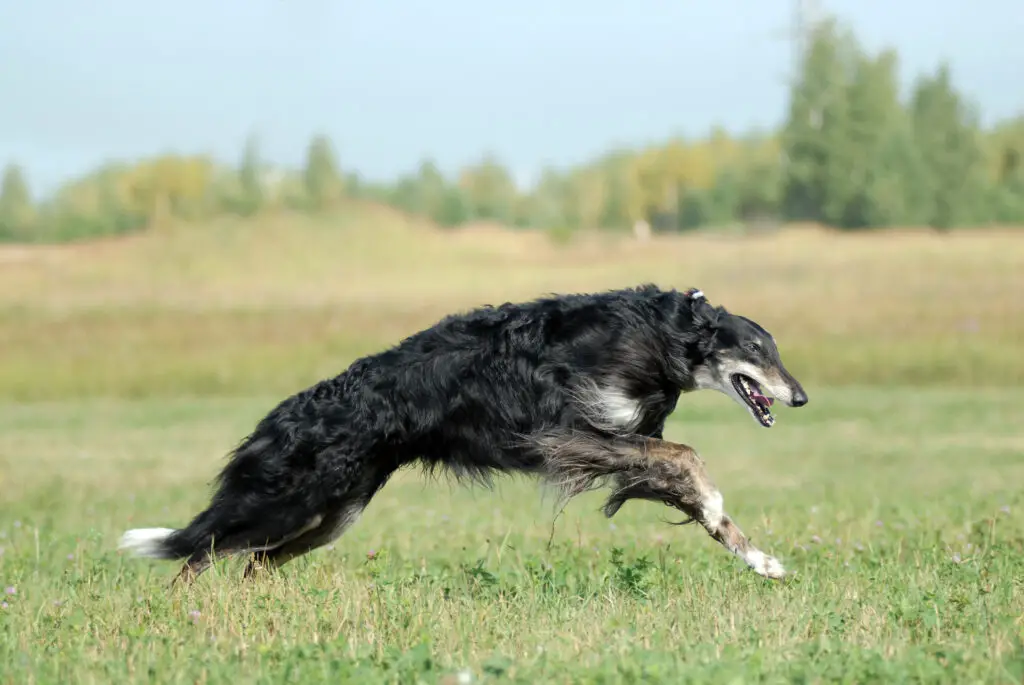
Greyhound
If you know of one sight hound, it’s likely the Greyhound. These dogs are often cited as the “template” for other sight hound breeds.
Though they were bred to hunt, they are unfortunately more well-known today for their use in unethical dog racing.
Irish Wolfhound
Irish Wolfhounds are a giant, long-haired dogs. They’re very muscular, setting them slightly apart in body shape to other sight hounds.
Italian Greyhound
At 7-14 pounds, Italian Greyhounds are one of the smallest sight hounds. They’re also commonly called Miniature Greyhounds due to their size and resemblance.
Kombai
The Kombai is native to Southern India. They have a stocky build, making them well-suited to guarding as well as hunting.
Saluki
Salukis are short-haired sight hounds, although they can be feathered with longer fur on their ears and tails.
This breed dates back to ancient Egypt.
Scottish Deerhound
Scottish Deerhounds are just like they sound: hounds bred to hunt deer. Their shaggy, mid-length coat sets them apart from other common sight hound breeds.
Though we don’t know the origins of this breed, we do know that it’s incredibly old!
Silken Windhound
Silken Windhounds were bred to look like miniature Borzoi, with that same laid-back sight hound demeanor. They’re people pleasers, and easier to train than many other sight hound breeds.
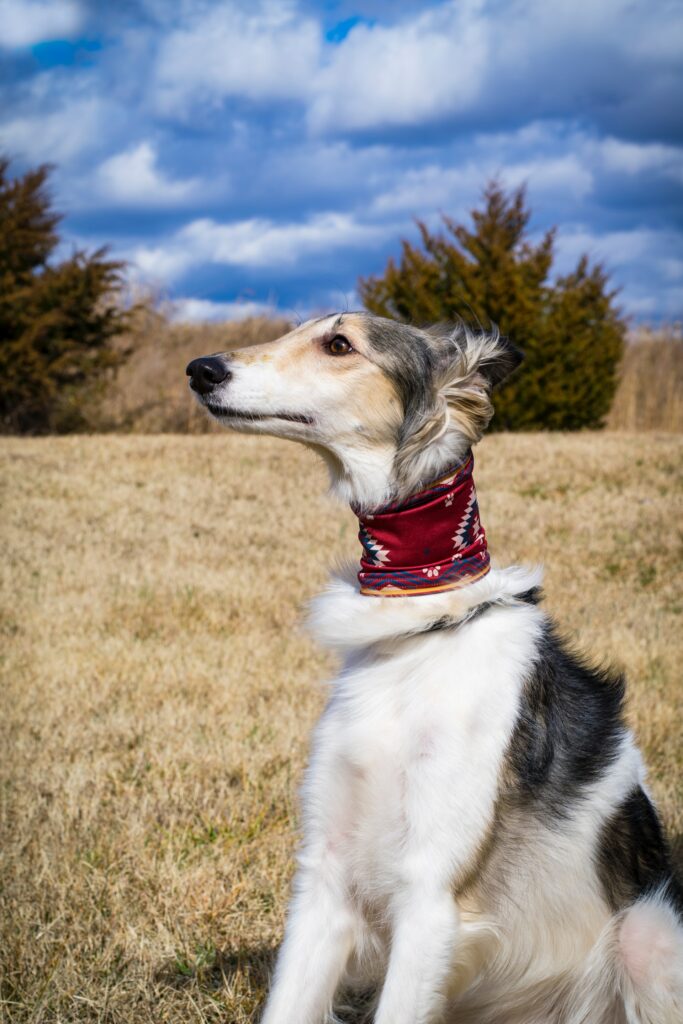
Sloughi
The Sloughi, or Arabian Greyhound, is a short-haired sight hound initially bred to hunt in the desert.
Whippet
Whippets are another small sight hound breed, standing between 18-22 inches tall. They were originally bred for racing and hunting rabbits.
Scent Hound Breeds
American English Coonhound
American English Coonhounds are a mid-sized breed with low-maintenance, short fur. These pups descend from England but were bred in America to hunt raccoons.
American Foxhound
American Foxhounds look similar to Beagles, but are larger dogs. They were bred in the days of early America with assistance from George Washington.
Basset Hound
Basset Hounds have long backs, short legs, and trailing, droopy ears. They’re typically white and spotted with red, black, or brown markings.
Their coats are relatively high-maintenance for short-haired dogs, needing 2-3 brushings a week to keep it healthy and reduce shedding.
Beagle
Beagles are small scent hounds with white coats and markings that are lemon, red, or a combination of both.

This ancient breed has been used to hunt small game such as hare.
Bloodhound
Bloodhounds are large dogs with wrinkled skin and short fur. Their face and ears droop, creating an almost pouting expression.
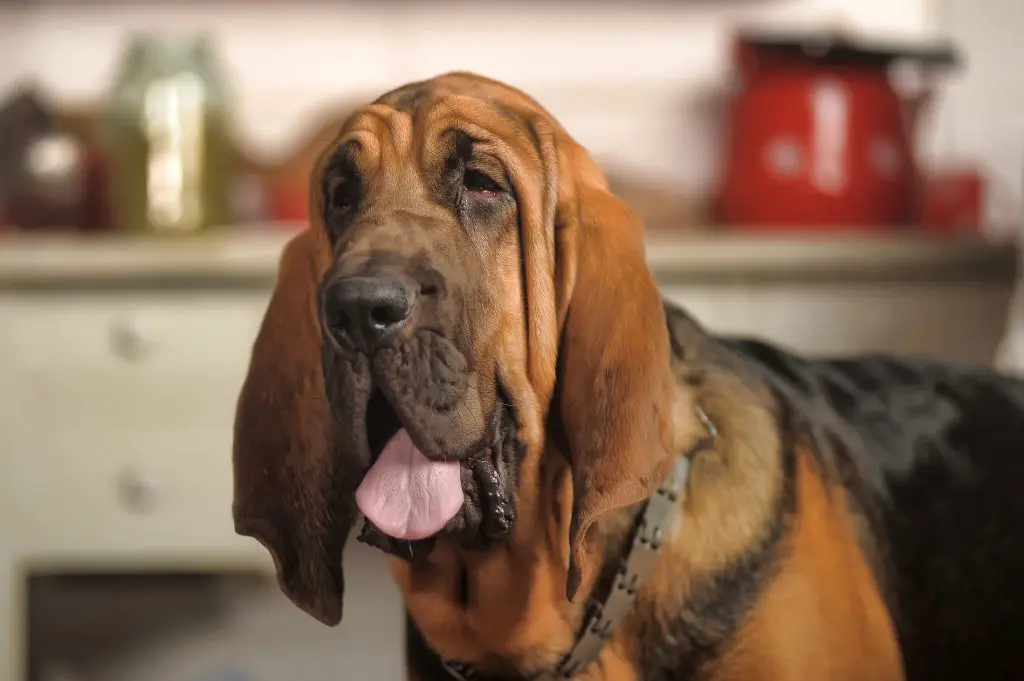
They’ve been used for both hunting and policing.
Dachshund
Dachshunds are sometimes affectionately referred to as “wiener dogs” for their elongated backs and short, stubby legs.
They have three coat types: smooth, long-haired, and wire-haired.
Grand Basset Griffon Vendéen
The Grand Basset Griffon Vendéen is a mid-sized hound with long, flowing fur. They were bred in France to have long bodies and short legs, making them easier to hunt with on foot.
Harrier
A mid-sized Beagle look-alike, the Harrier is a much rarer breed. They were bred in England to hunt hare, but little else is known about their origin.
Otterhound
Otterhounds are large, fluffy dogs originating in England. As their name suggests, they were bred to reduce the otter population that was devouring an important food source for people of the time: fish.
They were excellent at their jobs, but, unfortunately, this almost led to extinction for river otters.
Petit Basset Griffon Vendéen
As you likely already guessed, the Petit Basset Griffon Vendéen is a smaller version of the Grand Basset Griffon Vendéen.
They stand just inches shorter with the same long, shaggy coats.
What did you learn about sight hound vs scent hound?
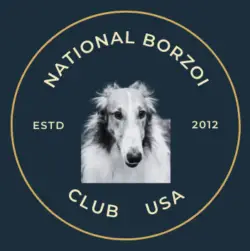
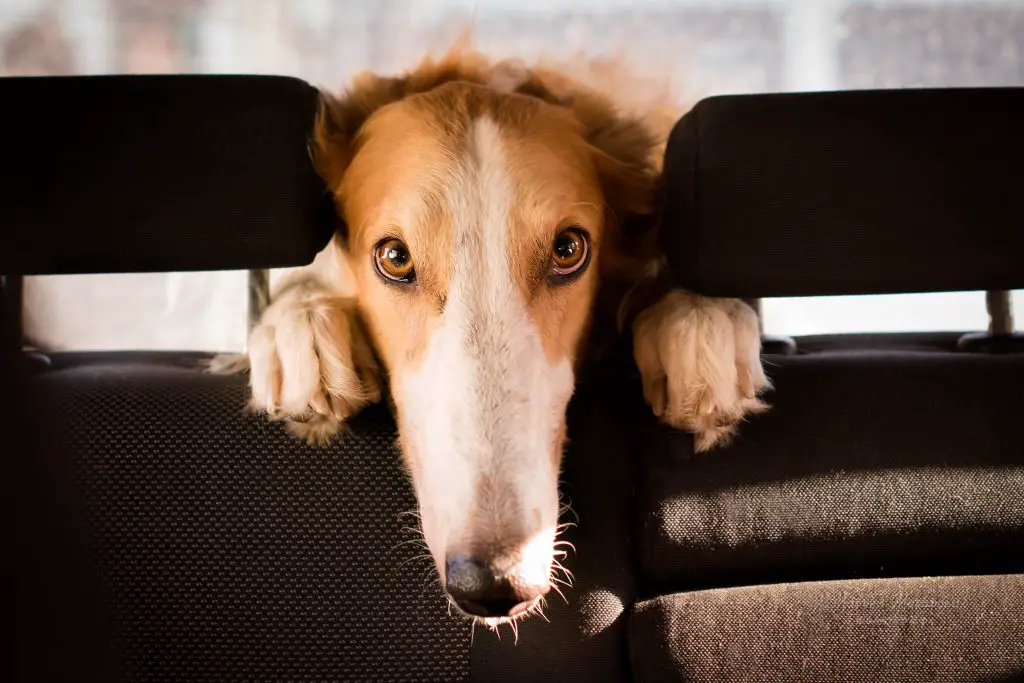
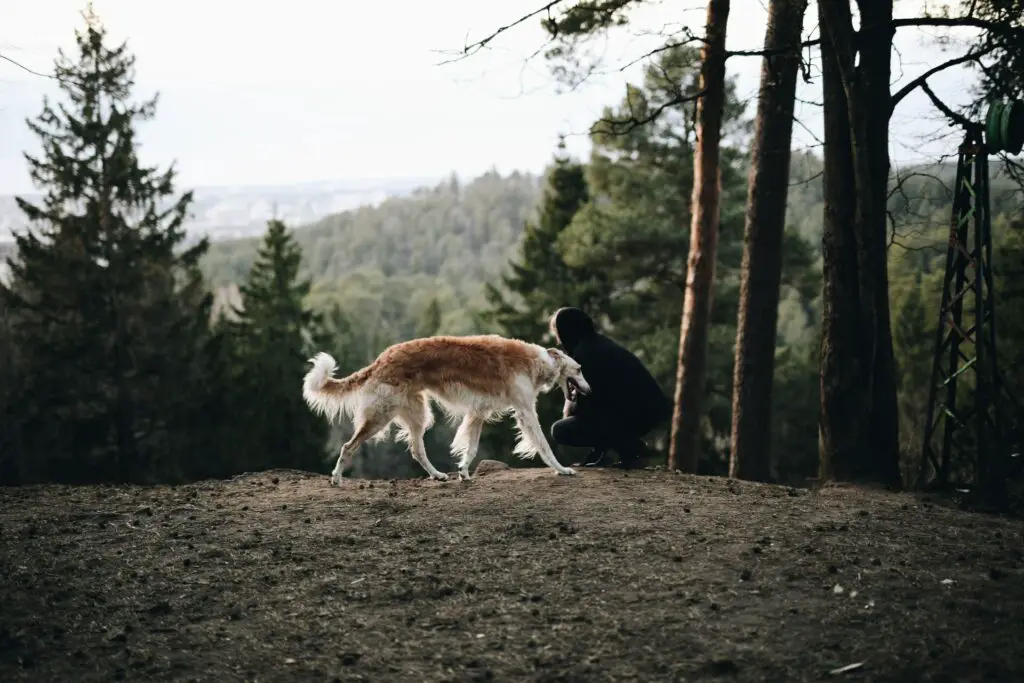
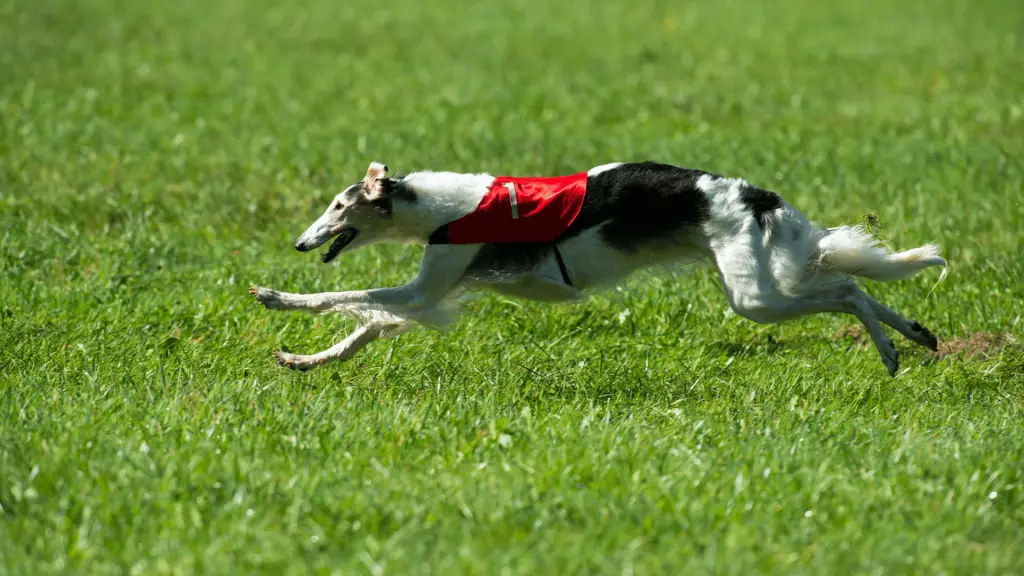
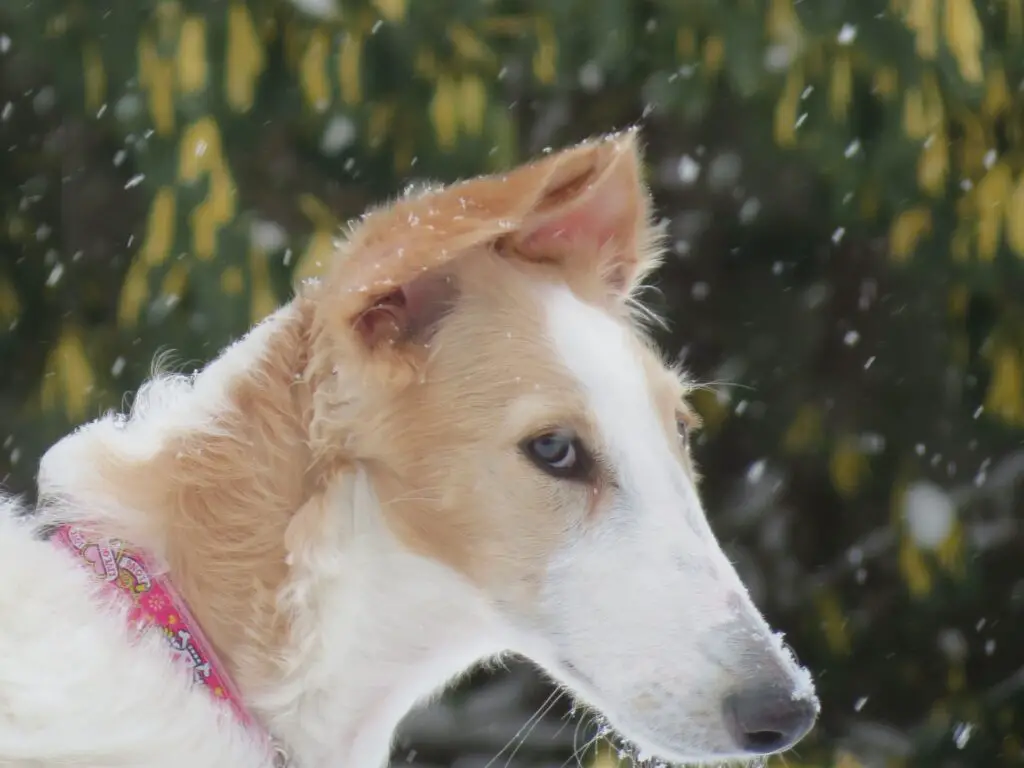
Pingback: Ain’t Nothin’ But Hound Dog Breeds + Pictures – Pet News Hubb
Pingback: Ain’t Nothin’ But Hound Dog Breeds + Pictures - Pet Grooming News Journal
Pingback: They are nothing but a breed of hound dogs + pictures – CALPITRO
Pingback: Ain’t Nothin’ But Hound Dog Breeds + Pictures | Adopt a Pet
Pingback: Ain’t Nothin’ However Hound Canine Breeds + Photos - Geni TV
Pingback: Ain’t Nothin’ But Hound Dog Breeds + Pictures -
Pingback: Ain’t Nothin’ But Hound Dog Breeds + Pictures – Happy pets guide
Pingback: Ain’t Nothin’ But Hound Dog Breeds + Pictures – My Blog
Pingback: Ain’t Nothin’ But Hound Dog Breeds + Pictures - My Blog
Pingback: Ain’t Nothin’ But Hound Dog Breeds + Pictures - iPetMarket
Pingback: Ain’t Nothin’ However Hound Canine Breeds + Photos - Bowow
Pingback: Ain’t Nothin’ However Hound Canine Breeds + Footage - theplutoscience.com. All rights reserved.
Pingback: Ain’t Nothin’ But Hound Dog Breeds + Pictures – Huskyhaven
Pingback: Ain’t Nothin’ But Hound Dog Breeds + Pictures - Wilyinask.com
Pingback: Ain’t Nothin’ But Hound Dog Breeds + Pictures – Reviewer4you
Pingback: Ain’t Nothin’ But Hound Dog Breeds + Pictures – ENLIGHTEN MUTT
Pingback: Types of Hound Dog Breeds + Pictures - AAP Migration Database